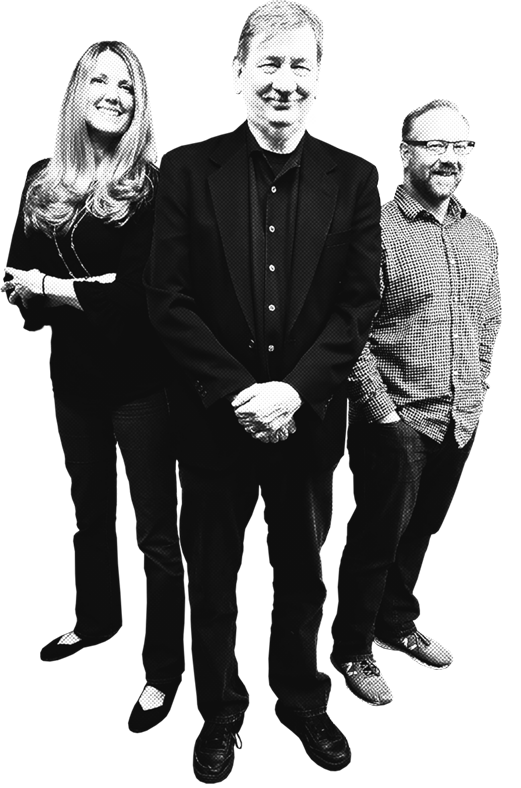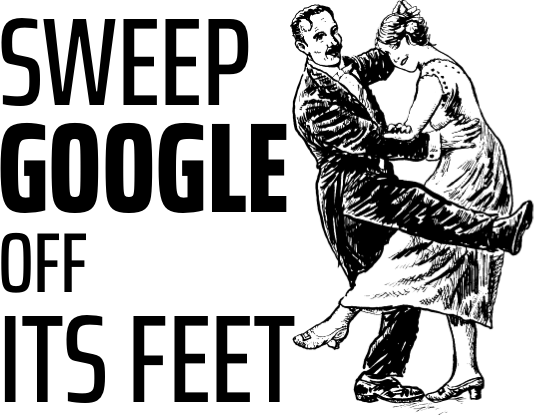Put SEO in Your Site Design
By: Bruce Clay, August 2006
The importance of ranking well in the search engine results pages (SERP) for queries on your specific terms is undeniable. Recent research on user behavior shows that most people will ultimately click on a link within the first three pages. However, don’t let that statement fool you; 62 percent of searchers only look at the first page of their search results. All this means that if you are not in the top 10, few people will know you exist, and if you’re not in the Top 30, you have almost no chance of being found.
Research also reveals that the top search listings convey brand equity to users, another good reason for achieving high rankings in the SERPs. Search engine optimization (SEO) techniques produce top rankings in the SERPs, yet many Web developers and designers do not take the time or do not know how to properly optimize a site for high rankings.
SEO requires proper HTML coding, site architecture, copywriting and linking strategies to create site content that satisfies your human site visitors and the search engine spiders at the same time. Understanding how to tag content and where to place it in the HTML can be critical. Following are a few basic search engine optimization principles for Web designers.
Search Spiders Crawl the Web
Search engines develop their databases by crawling the Web with robot software. You can submit your site directly to a search engine, or the engine’s robot will find and index your site on its regular crawl.
When the spider crawls your site, it reads the text in the body of your pages (including markup elements), follows all internal and outbound links, reading all the elements from the page header including Meta tags (depending on the search engine) and the body section. The spiders scan for spam violations and if the site is worthy, will ultimately deposit this information into its central database for subsequent search results.
The spider continues to follow the links on each page, repeating the same process. Spiders can only follow the most basic HTML code. Spiders do not recognize complex JavaScript so if you enclose a link in JavaScript, it may be ignored. The same thing applies to forms (spiders can’t complete them), Flash and other complex code.
Once the search engine has all your content in its database, it applies a mathmatical formula to the content for ranking. Search engine ranking algorithms vary by engine and are tweaked periodically to improve relevancy. However, we know all search engines look for key words on your page and assign a value to your major terms based on word density and position on the page. Below are some SEO tips and pointers that can help Web designers in the site development process.
Spiders Like Text — Give spiders plenty of descriptive text to read (250 to 400 words per page). Search engines spiders don’t read code. Creating an image-based or Flash-only site will prohibit the spiders from being able to read and index it properly. Good search engine optimization requires that you always use unique keyword-rich text.
Web Sites Look Different to Robots — Spiders see your site differently than humans. Run a spider simulator on your pages or view your site in a text only browser to reveal the links and text the spider sees on your site. It is important to write content that satisfies both humans and the crawlers and to create pages that display the same information to both.
Robots Can’t Think — Each site needs a robots.txt file. This file allows the spiders to parse its contents for instructions to the robot not to visit certain parts of the site. Even if the robot.txt file is empty, create it.
Each page must also be search engine friendly. There are two major areas in a Web page: the area between the head tags and the area between the body tags. The information placed in these areas has a large impact on how the page is indexed and to a degree, what will appear in the SERPs.
When designing or placing content on your page, remember that spiders read from left to right and from top to bottom. Greater weight is given to content located at the top of the page. Keep this in mind when creating page content. In the head section, the three important tags are the title tag, the description tag and the keywords tag. Don’t worry about that revisit after tag–it’s worthless for SEO.
Each Page Needs a Title and Description — One of the first and most important search engine optimization elements on a Web page is the Title tag. This tag is a key indicator of the page’s content and is very often used by the search engines as the first line in the SERPs. Each page should have a unique title that describes the page content. Determine the main topic of the page and use it as the title.
Search engines love content that appears in header tags (h1, h2, etc.) but very few Web sites actually use them. Take time to define your header tags in your CSS and use the header tag for the titles and subtitles titles of your content. To avoid spamming search engines, a Web page would usually have only a few H1 tags, but can usually have as many h2 tags as necessary and normal.
The description Meta tag should also be unique and match the content on the page. Avoid using the same Meta tag across all pages because the search spider will notice this and ignore the Meta tag content or possibly the entire page.
Linking Strategies Are Important For SEO — There are three basic types of links to focus on when developing your site: inbound, outbound and internal.
Your inbound link strategy is important and can take a little time to develop. You can include a “link to us” page, providing information about your site and its resources. You can also write articles to be published on authoritative sites and send optimized press releases to Google News and Yahoo News about your site’s offerings and accomplishments. One of the best ways to get inbound links is to create content that is so valuable that others will link to your site spontaneously. We call this compelling content a “link magnet” because it attracts links.
Outbound links to authoritative resources are important because they show the search engines that you know quality sites, and your visitors will appreciate the resources, creating trust and loyalty. Know who you are linking to and avoid bad neighborhoods. Your outbound links should be relevant to your industry and helpful to your visitors.
When creating your internal linking strategy, it is important to use silo linking patterns to ensure that you are ranked for general keyword terms as well as specific industry-related terms. When you silo your pages, you want to create a themed site that enables you to rank well for both types of terms. For more information on our silo architecture, refer to our newsletter article, Designing a Search Engine Friendly Web Site.
SEO Designed Sites Get Higher Rankings
In conclusion, the above SEO tips will result in search engine-friendly pages that are easy for search spiders to index. Paying attention to proper HTML coding, site architecture, copywriting and linking strategies will ensure you receive proper valuation by the search engines and higher rankings for your site.







